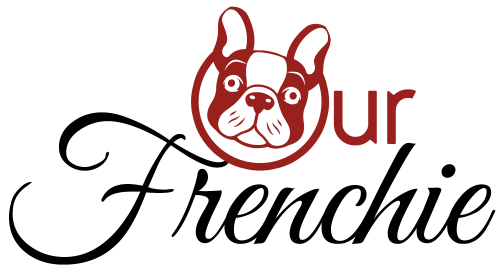Health & Care
Creating a Weight Reduction Plan for Dogs
Page Contents
Is your dog overweight?
A weight-reduction plan is just what you need. It’s an effective way to help your dog get back in shape and avoid several health issues. Perhaps your dog is not overweight, and you would like to tell if your dog is gaining too much weight. Or you could know another canine lover whose pooch is struggling with excess weight.
Whether your dog is overweight or not, this article is a must-read. You will learn why it is crucial to maintain a healthy weight and master the steps of creating a weight-reduction plan for your dog. So, read on and start learning.
What’s a “healthy weight” for dogs?
Dog breeds vary in body size, shape, weight, and metabolic needs. So, there is no such thing as a typical or ideal average weight for dogs. The differences may also exist within the same breed. So, a healthy weight for your Frenchie could be different from another French Bulldog.
A breed weight chart can help you discern a healthy weight for your dog. However, vets avoid such generalizations. They often use the Body Condition Score (BCS) to determine if a dog is under or overweight.
You can use the BCS to make simple observations about your dog’s weight as follows:
- Feel around his ribs and the lower back. If it is bony and feels like your knuckles, your dog is underweight. However, if you can feel a significant layer of flesh beneath the skin, your dog could be overweight.
- Have a look at your dog from the side. If the abdominal tuck is not apparent, your dog could be overweight.
- Observe your dog from above. If the waist is not distinct, your dog could be overweight.
But why should you be so keen on maintaining a healthy body weight for your dog?
Why your dog should maintain a healthy weight
An overweight dog is at a higher risk of developing health conditions. Some vets say it is not a question of if, but when and how serious. Some of the common health issues associated with excess weight in dogs include:
- Diabetes type 2
- Heart ailments
- Arthritis
- High blood pressure
- Various forms of cancer
Besides these, your dog will be less interactive, energetic, and studies show that they have shorter lifespans. If your furry buddy is overweight, it is critical to set up an effective weight-reduction plan.
Creating an effective weight-reduction plan for your dog
Just like in humans, effective weight reduction plans for dogs focus on three key aspects:
- What they eat.
- Physical activity.
- Change in behavior.
But first, you need to consult the vet. The vet will give you tips on the target weight and advise how to take up the following measures.
Start with what your dog eats
Concerning diet, the objective is to reduce the calories. Your vet can advise on low-calorie healthy foods. The new diet should include plenty of vegetables and protein; it’s important to get to grips with pet ingredients and their role in keeping your dog healthy.
Besides changing the menu. You can take the following steps:
- Measure and keep track of food quantities.
- Have a predictable feeding schedule.
- Limit snacks.
- Pick low-calorie treats.
An excellent and vet-certified dog-feeding guide can help you control what your dog eats.
Physical activity
Frenchies (and other small dog breeds) are so popular because they do not demand a lot of physical activity. Nevertheless, they all need some exercise. Regular exercise will help to burn excess calories and keep your dog fit. If your dog is overweight, boost the intensity and duration of your daily walks.
Again, follow the vet’s advice based on your dog’s unique characteristics. Generally, walking for your dog’s weight-reduction plan will not be a leisure stroll. It will be brisk, muscle-stimulating, and heartwarming. If you enjoy cycling, you could even work up to using a bike dog leash for added exercise for large dog breeds.
Change habits
Behavior change is perhaps the most crucial of all steps in the weight-reduction plan. It is not easy to execute a weight-reduction plan, stick with it, and say no to bad habits.
You may need help. Reach out to fellow dog parents and tell them about your dog’s story. You will also need the help and support of everyone in your household. Inform everyone about the weight-reduction plan for the dog and why you are doing it.
Monitor and measure
From the day you kickstart your dog’s weight-reduction plan, start measuring and recording your observations. Check his weight, body size (especially the waist and abdominal tuck), and general activity levels.
Share this information with your vet on every visit. The vet will help you to tweak the plan and better suit your dog.
Finally, stick with it
Creating a weight-reduction plan for your dog is not so hard. The work is in putting it into action and sticking with it. Get everyone on board. You will need someone to keep you accountable, celebrate the gains, and correct the losses. In due course, your dog will be back in the healthy weight bracket.
Stick with the plan. It will help you sustain all the healthy gains and keep your dog from sliding back to overweight status.

